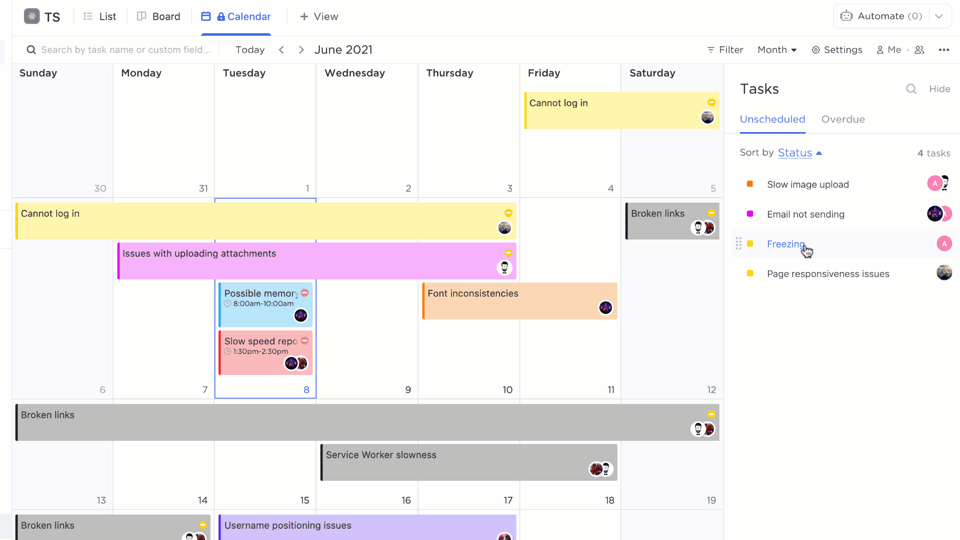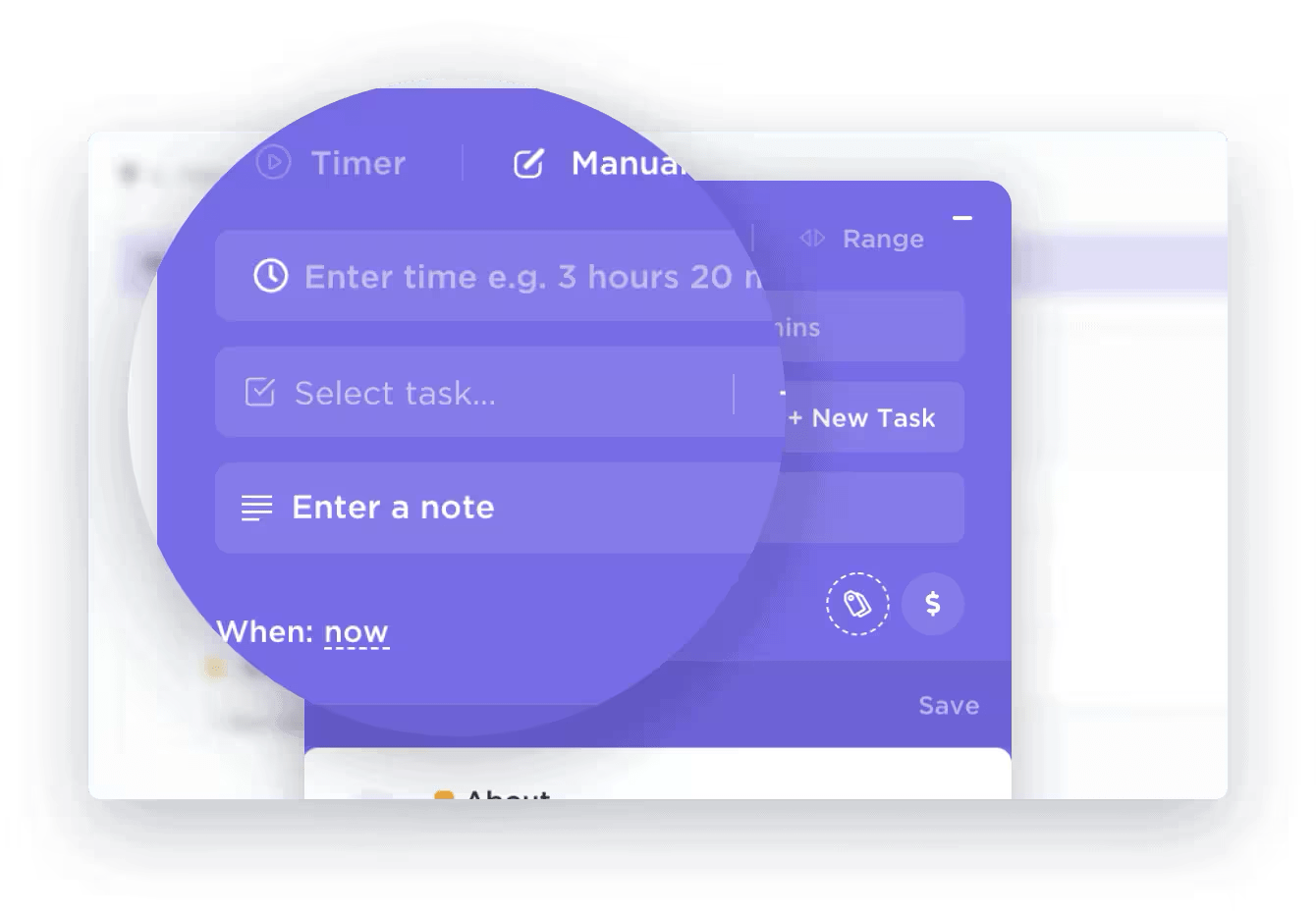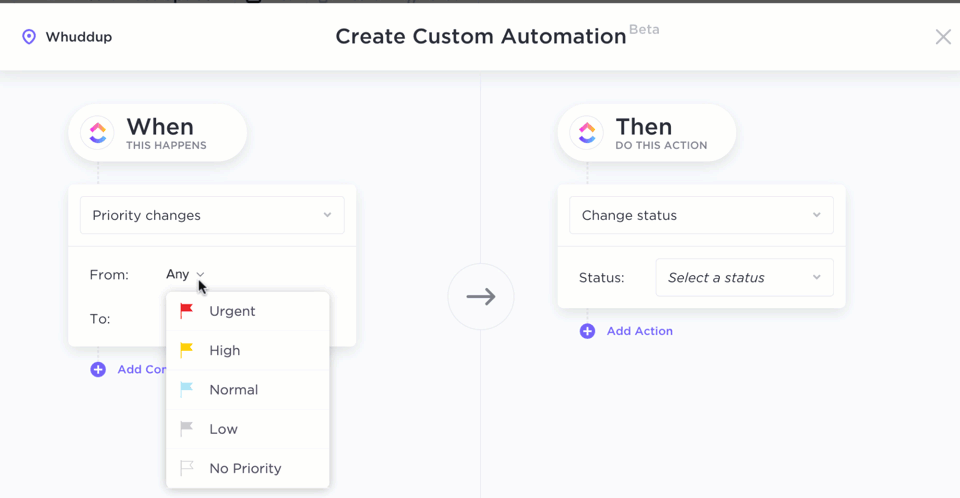

Before beginning any project, one of the first things that managers set is a deadline, i.e., the day before which the project needs to be delivered. The deadline, also known as the due date, acts as a bookend for the project.
In a study of product managers, Gartner finds that 45% of launches are delayed by at least a month! Across projects, departments, organizations, and geographies, missing deadlines is fairly common for various reasons.
In this blog post, we explore why meeting deadlines is essential, what challenges you face, and how to improve your chances of meeting deadlines in your projects.
Importance of Meeting Deadlines
While signing on the dotted line, project teams commit to a deadline. This commitment itself is reason enough to meet them. But there’s more.
Credibility: Meeting your committed deadlines is the fundamental marker of credibility. It shows that you are reliable and trustworthy.
Operational excellence: Delivering a project on time demonstrates your skills, capabilities, and operational excellence. It shows that you can estimate, schedule, and deliver a project.
Financial prudence: Sometimes, contracts have penalty clauses for delayed delivery, which means you can lose money for not meeting project deadlines. Completing the project on time ensures you get paid what you agreed on.
Freedom to plan ahead: When you know a project will be completed on time, you can schedule the next one confidently. This helps business continuity and, by extension, profitability.
While it goes without saying that meeting deadlines is the most basic professional thing to do, it’s not always easy.
Common Challenges of Meeting Deadlines
Organizations often face challenges in meeting deadlines they’ve committed to. Some of the most common ones are as follows.
Over-committing: The sales team might have over-sold the deadline, which the project teams struggle to meet.
Underestimating: Project teams often underestimate the effort involved, committing to an impossibly tight deadline.
Unachievable scheduling: Project teams need time to understand the requirements and ramp up efforts. By scheduling tasks from day one, project managers set themselves and their teams up for a missed deadline.
Bad prioritization: Tasks have hierarchies and dependencies. By not prioritizing them right, teams will be pushed to chaos and confusion, eventually missing deadlines.
Lack of collaboration: When various team members don’t communicate with each other regularly, information is likely to fall through the cracks. This results in sub-standard delivery, which has to be reworked, further pushing deadlines.
The good news is that thousands of organizations have faced these challenges before and have developed proven strategies and best practices to overcome them. Let’s draw inspiration from them!
10 Proven Strategies for Meeting Deadlines
For a deadline to be achievable, it needs to be realistic, i.e., the work can reasonably be completed within that timeline.
Before you assign project deadlines, understand the scope clearly. Outline the tasks, plan for team size, estimate the person-hours needed, and map the delivery schedule. Only if it looks achievable, commit to it.
Now that you’ve committed to a realistic deadline, here are ten proven strategies for meeting it.
1. Break down the project into tasks and sub-tasks
Rome wasn’t built in a day; neither will your project be. So, break down your project into manageable parts of smaller tasks.
- Clarify the project objectives
- Set up a clear hierarchy of tasks and sub-tasks, making sure one adds up to the next
- Write detailed briefs/user stories for each task to ensure team members understand what they need to do
- Create milestones that signify the completion of specific phases of the project
- Assign users and supervisors for each task to ensure even distribution of the workload
- Include checklists to ensure the task is completed as per expected standards
- Set start dates and due dates for every task
- Prioritize tasks and sub-tasks carefully
Don’t forget your operational tasks, such as standup meetings, retrospectives, reporting, etc.
2. Use project management software

A task management software’s primary purpose is to ease the operational burden on you and your team. Project management tools like ClickUp can enable you with the following:
Visibility: Everyone on the team can see what work is planned, what’s being done, what’s left, and more. This helps everyone gain context and contribute holistically.
Access: All the information regarding the project is consolidated in one place for anyone to access whenever they need it. Literally, keep everyone on the same page.
Collaboration: Have a question for a colleague? Just leave a comment under the task and tag the colleague. They’ll be notified and reply to you in context, on time.
Connections: A project is more than just a collection of tasks. It includes documentation, workflows, conversations, and other institutional knowledge. A tool like ClickUp can make these connections available to every team member.
Estimation: If you’ve managed a similar project on ClickUp before, you already have all the operational data you need. With that, you can quickly estimate efforts and plan to meet deadlines.
Daily planning: ClickUp can also serve as a daily planner app, giving you a clear view of what work needs to be done by you and your team daily.
With the ‘project management’ aspects taken care of by ClickUp, your team members can focus on their tasks.
3. Mind the dependencies
A sure-shot way to miss deadlines is to assume that tasks work in silos and can be completed independently. In reality, most tasks in any project are dependent on others.
For example, the development team can only begin work on the home page when the design team has completed the UI. For UI to be designed, the writer needs to have written copy. They can do so only when the business team has given them a brief.
A delay at any stage will either push the final deadline or lay undue pressure on the ones working on the last steps. While having a detailed schedule helps, it’s another thing to manage it.
Mind the dependencies while you set up tasks. ClickUp tasks allow you to assign deadlines for each task and sub-task. Gather the team and discuss dependencies with them. Get their commitment to meeting their deadlines in the interest of the project.
Map these dependencies using ClickUp task priorities so that everyone on the team knows the consequences of their delays.
If you’re unsure about prioritizing tasks and dependencies, check out ClickUp’s prioritization templates for help.

4. Use the S-curve
An S-curve is a mathematical graph that plots cumulative data points across the X and Y axis. A typical project takes the shape of the letter S, hence the name.
Let’s say you’re building customer relationship management (CRM) software. Before you can begin writing code, you need to understand the industry, the type of customers you’ll have, the information you’ll need to capture, and so on. This takes time initially.
If you schedule coding tasks from day one, you will miss task deadlines and set yourself up for delays throughout.
Plotting your time and progress in the form of an S curve helps you begin slowly and accelerate task completion over time.
Use the ClickUp start and due dates for each task to ensure you stack the scheduling. This way, you will have breathing room at the start of the project and can build momentum when you feel confident.
5. Schedule buffer time
One of the biggest mistakes project managers make is committing to tight deadlines and then packing critical tasks too closely together. This creates two specific problems.
- It creates a sense of urgency, eliminating any space to be innovative or focus on quality
- Leave no space for unavoidable circumstances, such as a team member’s personal emergency
While planning any project, set aside some buffer time on your work scheduling app. Give your team members breathing space to be creative and not just chase completing tasks.
ClickUp’s time management features can help! Once you’ve set up the tasks, sub-tasks, and dependencies, use the ClickUp Calendar View to see the big picture.

If the deadlines are too close, drag and drop them to another day. This will automatically reschedule dependent tasks downstream as well.
But remember Parkinson’s Law, which states that work expands so as to fill the time available for its completion. Avoid giving yourself too much buffer to avoid procrastinating. Deadlines communicate the urgency in which the project is to be completed.
6. Avoid scope creep
Scope creep is when the client/project sponsor makes changes or additions to the original objectives of a project. Scope creep typically ends up increasing the work that needs to be done, inserting new tasks mid-way, and derailing the approach to deadlines.
As a project manager, it is your responsibility to avoid scope creep. You can do this by collecting clear requirements right at the start. ClickUp’s product requirement document (PRD) templates are a great starting point.

Alternatively, you can reschedule the project with a new deadline to accommodate the new scope.
7. Track progress

Have you ever been in a situation where the deadline is today, and you’re nowhere near completing the project? This happens especially when managing multiple projects at once.
To avoid being overwhelmed on the last day, regularly stay on top of progress.
- Look at the ClickUp Dashboard to see the burn-up and burn-down charts
- See the Workload View to learn who is ahead of or behind schedule. Offer help for those struggling
- Use the Kanban View to sort tasks by status
- Use the Gantt chart to visualize upcoming tasks and their dependencies
- Use calendar view to see future tasks by day, week, or month
8. Manage time effectively
One of the critical factors of successful project delivery is time management. You can ensure you stay on track by monitoring, tracking, and managing your team’s time. Moreover, you can also ensure no one is overcapacity, working endless hours. And you don’t set them up for failure to meet tight deadlines.
While several time management tools are in the market, you’ll be best served by one designed to leverage time-tracking for project success.
ClickUp’s time-tracking feature does precisely that. Your team can use ClickUp to track time from any device. They can start and stop the timer while performing a task or retroactively add time with manual tracking.

They can add notes to time entries to reference exactly what they spent time on. They can also prioritize tasks using the time management matrix right within ClickUp.
As a project manager, you can access detailed timesheets and time estimated and tracked. Use this to understand how each team member performs and get them the help they need.
9. Automate what you can

Dozens of minor, repetitive project management tasks must be completed daily. Project managers often use daily checklist apps to ensure they are completed.
Except, you don’t need to do all of them manually yourself. Automate as much as you can to free up time for solving problems and being helpful to your team. ClickUp Automations has 100+ pre-built workflows for all kinds of project scenarios, such as:
- Add assignee on status change
- Send user notification on priority change
- Create recurring tasks on specific dates
- Add watcher when the deadline passes
- Notify the manager when the tracked time exceeds the estimated time
New to automation? We’ve got you covered. Here is our guide to automation with examples!
10. Communicate proactively with all stakeholders
Despite your best efforts, sometimes you cannot meet a deadline because of factors beyond your control. For instance, the global pandemic or the war in Ukraine created unresolvable issues in the supply chain that pushed several organizations’ deadlines.
When a deadline is about to be missed, keep the stakeholders informed. Let the project sponsor or client know that delays are expected. Speak to the project team to see if you can do anything to complete the project closer to the deadline.
Never Miss a Deadline Ever Again
Making a promise and keeping it are the hallmarks of professionalism. As a promise, deadlines matter.
While it’s widely accepted that deadlines are sometimes missed, running behind schedule doesn’t paint a great picture of your project management skills.
Improve your project management and never miss a deadline with ClickUp. Do you need to plan your project? Use tasks. Need to schedule it? Use dates and times. Are you worried about task dependencies? Connect tasks easily.
Not sure if your deadlines are realistic? Use the calendar or workload views to see what’s possible. Want to stay on top of progress? Use the dashboard. Manage multiple projects at once? No sweat!
ClickUp is designed with every tool you need to stay on course. Not convinced? See for yourself.



